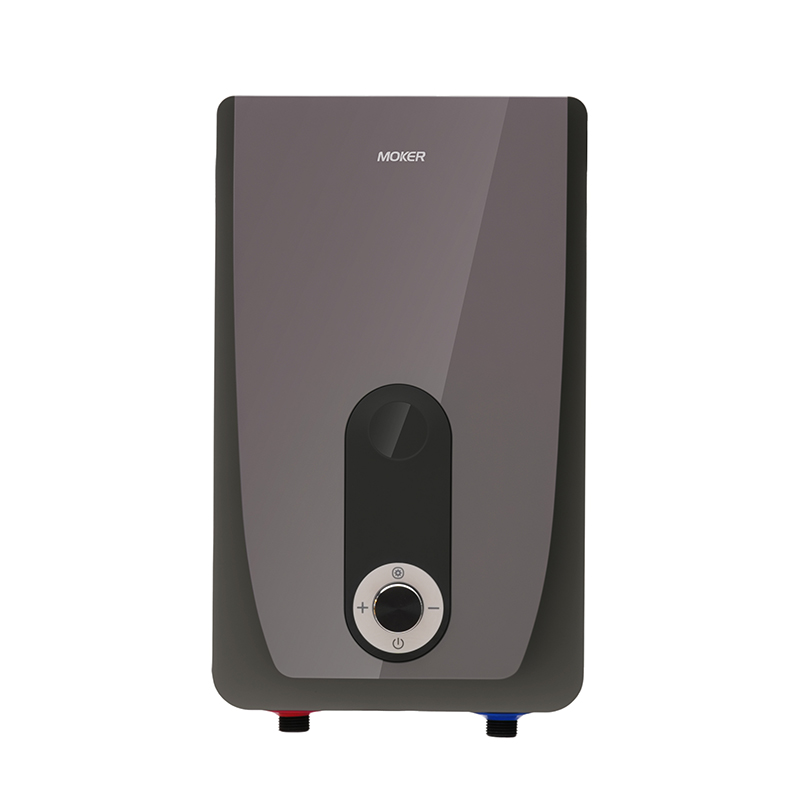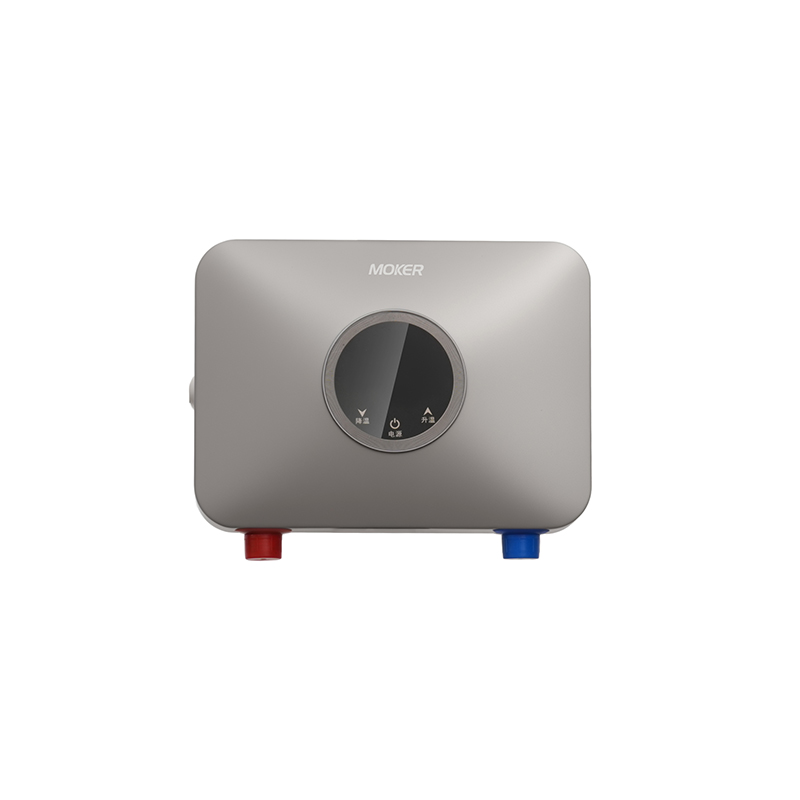Daily Cleaning and Maintenance Steps for Different Water Heaters
Regular cleaning and maintenance are essential to keep water heater running efficiently, prevent breakdowns, and extend service life. Electric water heater, Tankless Water Heater, Instant water heater, electric tankless water heater, and instantaneous water heater electric each require specific maintenance routines tailored to their designs and components.
Electric water heater needs periodic tank flushing and component checks. Every 6–12 months, turn off power to Electric water heater and shut off the cold water supply. Attach a garden hose to Electric water heater’s drain valve, open the valve, and flush 5–10 gallons of water to remove sediment buildup at the tank bottom—sediment that insulates heating elements and reduces efficiency. After flushing, close the drain valve and refill Electric water heater before restoring power. Inspect Electric water heater’s anode rod annually; if the rod is more than 50% corroded (thin or covered in rust), replace it to prevent tank corrosion. Wipe down Electric water heater’s exterior monthly to remove dust and debris, which can block ventilation around the unit.
Tankless Water Heater requires regular descaling and filter cleaning. Every 6–12 months (more often in hard water areas), turn off gas/electric supply and water to Tankless Water Heater. Remove Tankless Water Heater’s inlet filter, rinse it under running water to remove sediment, and soak in vinegar for 30 minutes if clogged. For descaling, connect a descaling kit (vinegar or specialized solution) to Tankless Water Heater’s inlet and outlet, circulate the solution for 30–60 minutes to dissolve scale in the heat exchanger, then flush with clean water. Inspect Tankless Water Heater’s vent pipes quarterly to remove debris (leaves, dirt) that can block exhaust flow—blockages that cause overheating or error codes. Wipe down Tankless Water Heater’s control panel monthly to prevent dust buildup on buttons or sensors.
Instant water heater needs frequent filter cleaning and exterior care. Every 1–2 months, turn off power to Instant water heater and disconnect it from the water supply. Remove Instant water heater’s inlet filter (usually located at the bottom or side), rinse thoroughly under cold water to remove mineral deposits and sediment, and reattach it securely. Wipe Instant water heater’s exterior with a damp cloth weekly to remove splashes or dust—avoid using abrasive cleaners that can scratch the casing. Every 3–6 months, check Instant water heater’s heating element access panel for signs of moisture; if moisture is present, tighten connections or replace gaskets to prevent leaks that damage internal components.
Electric tankless water heater combines filter cleaning with sensor checks. Every 3–6 months, turn off power to electric tankless water heater and shut off water supply. Remove electric tankless water heater’s inlet filter, rinse with water, and soak in vinegar if scale is visible—scale on the filter restricts water flow and strains heating elements. Inspect electric tankless water heater’s temperature sensors monthly; wipe sensor probes with a dry cloth to remove mineral buildup that distorts temperature readings. Every 12 months, flush electric tankless water heater’s heat exchanger with a descaling solution to dissolve scale—follow manufacturer guidelines to avoid damaging electric components. Check electric tankless water heater’s electrical connections quarterly to ensure they are tight; loose connections cause intermittent operation or overheating.
Instantaneous water heater electric requires simple but frequent maintenance. Every 2–4 weeks, turn off power to instantaneous water heater electric and remove its inlet filter (small, mesh-style filter near the water inlet). Rinse the filter under running water to remove fine sediment that clogs the unit’s tiny heating chamber—clogs that cause no hot water or uneven heating. Wipe instantaneous water heater electric’s exterior with a dry cloth weekly to remove dust, especially around the air vents (if present) to maintain airflow. Every 6 months, inspect instantaneous water heater electric’s power cord and plug for damage (fraying, cracks); replace the cord if damaged to prevent electric shocks. Check instantaneous water heater electric’s drain valve monthly; open it briefly to release any trapped air that can disrupt water flow.
Consistent maintenance prevents 80% of common water heater issues. Electric water heater relies on tank flushing and anode rod checks, Tankless Water Heater needs descaling and vent cleaning, Instant water heater requires frequent filter care, electric tankless water heater combines filter cleaning with sensor checks, and instantaneous water heater electric needs simple filter rinsing and cord inspections. Following these steps ensures each water heater type operates reliably and efficiently for its full service life.





